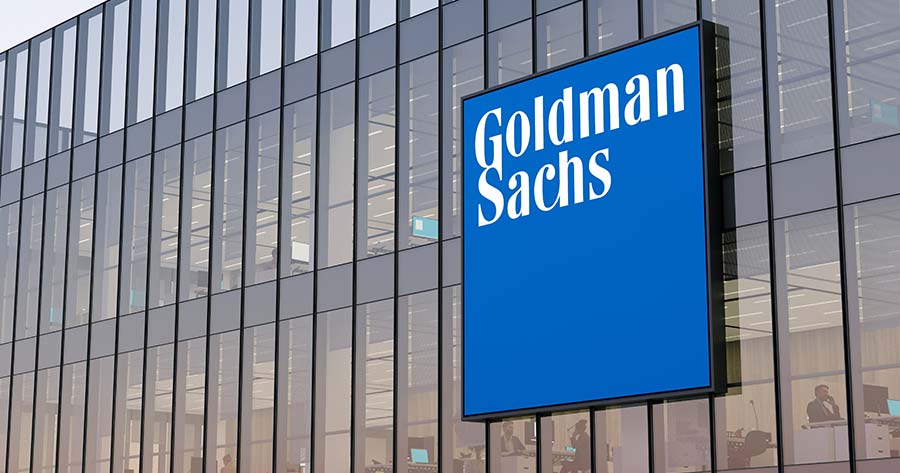Goldman Sachs economists are projecting a substantial increase in US tariffs, warning of heightened inflationary pressures and subdued economic growth as a result.
According to a recent analysis led by David Mericle, Goldman’s chief US economist, the US baseline “reciprocal” tariff rate is expected to climb from 10% to 15%, while copper and other critical minerals could face a steep 50% levy.
These projections have prompted Goldman Sachs to adjust its outlook for US inflation and GDP, reflecting early indications of how businesses are responding to the new import duties. While the bank notes that the passthrough to consumer prices appears to be somewhat muted compared to the 2019 tariff rounds, survey data also points to a more restrained approach by firms when it comes to raising prices.
Goldman now forecasts that core inflation will stand at 3.3% for 2025, slightly below its earlier estimate of 3.4%. However, the investment bank has raised its targets for subsequent years, expecting inflation to ease to 2.7% in 2026 and 2.4% in 2027—both forecasts notably higher than previous predictions as well as the Fed’s 2% target. Over the next two to three years, tariffs are expected to push up core prices by 1.7%.
On growth, Goldman projects tariffs will shave a full percentage point off US GDP in 2025, with diminishing, yet still negative, impacts of 0.4 and 0.3 percentage points in 2026 and 2027, respectively. GDP growth for 2025 is now seen at just 1%.
Sector-specific tariffs, such as those on heavy trucks and aircraft, are expected by 2026. Tariff hikes for pharmaceuticals, meanwhile, are projected to come after the 2026 US midterm elections. On a weighted-average basis, the US effective tariff rate is expected to soar by 16 percentage points this year.
Overall, the risks are skewed—tariffs are likely to nudge inflation higher and act as a drag on economic expansion, Mericle noted in his communication to clients.





